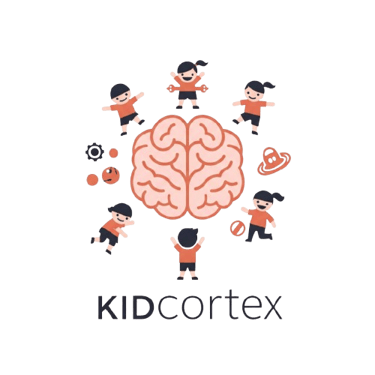join us to unlock variety of services
9 Home-Based Training Activities to Support the Development of Autistic Children
Autism Spectrum Disorder (ASD) affects how children communicate, interact, and process information. While professional therapy is essential, daily support at home plays a crucial role in a child’s development. Research shows that consistent, structured home-based training can significantly improve cognitive, social, and emotional outcomes for autistic children (Zwaigenbaum et al., 2015). The good news? You don’t need specialized equipment or advanced training to make a difference.
5/31/20252 min read
1. Visual Schedules and Routine Boards
Why it works: Children with autism often feel more secure with predictability. Visual schedules reduce anxiety and support executive functioning skills.
How to implement:
Use pictures or symbols to create a daily routine chart.
Involve your child in placing the activities in order.
Use a “first-then” format (e.g., first homework, then play).
✅ Tip: Laminate the schedule or use Velcro pieces for easy rearrangement.
2. Sensory Play Activities
Why it works: Sensory processing challenges are common in autistic children. Engaging different senses can improve focus, emotional regulation, and motor development.
Ideas to try:
Kinetic sand, water beads, or textured bins.
Finger painting or shaving cream art.
Homemade playdough with calming scents (lavender, lemon).
🧠 Research Insight: Sensory play enhances neural connections and promotes adaptive responses (Baranek, 2002).
3. Social Stories and Role Play
Why it works: Social stories help children understand situations, emotions, and appropriate responses.
How to implement:
Use simple, personalized stories with illustrations.
Practice greetings, turn-taking, or dealing with frustration.
Act out scenarios like going to the dentist or making a friend.
📘 Tool Suggestion: Try apps like “Social Stories Creator” or printable templates online.
4. PECS or Communication Boards
Why it works: For non-verbal or minimally verbal children, alternative communication tools improve expression and reduce meltdowns.
Home strategy:
Create a DIY Picture Exchange Communication System (PECS) board with daily needs (toilet, food, help).
Encourage your child to exchange pictures for wants.
🔍 Evidence: Augmentative communication increases functional communication and reduces challenging behavior (Ganz et al., 2012).
5. Gross Motor Games
Why it works: Movement-based play boosts motor planning, balance, and body awareness.
Activities:
Obstacle courses with cushions, tunnels, and chairs.
Animal walks (crab, bear, frog jumps).
Balloon volleyball or yoga for kids.
🏃 Bonus: Physical activity also improves attention and sleep quality.
6. Fine Motor Skill Practice
Why it works: Many children with ASD need extra support with hand coordination and strength.
Ideas:
Threading beads, cutting shapes, or sticker play.
Using tweezers to sort small objects.
Pegboards and lacing cards.
🖐️ Therapist Tip: Make it fun and pressure-free; progress is gradual.
7. Joint Attention Games
Why it works: Joint attention (sharing focus on an object or activity) is a foundational social skill that supports language development.
Try these:
Peek-a-boo, bubbles, or passing a ball back and forth.
Reading books together and pointing at pictures.
Shared drawing or building a block tower together.
💬 Study Note: Targeted joint attention interventions improve social responsiveness (Kasari et al., 2006).
8. Mindfulness and Breathing Exercises
Why it works: Autistic children may struggle with self-regulation. Mindfulness builds awareness and calm.
Simple exercises:
Belly breathing with a stuffed animal.
Blowing bubbles slowly to control breath.
“5-4-3-2-1” grounding technique for anxiety.
🧘 Research Support: Mindfulness reduces aggression and enhances emotional control in children with autism (Ridderinkhof et al., 2017).
9. Play-Based ABA Techniques
Why it works: Applied Behavior Analysis (ABA), when delivered playfully at home, can help reinforce desired behaviors.
How to use at home:
Break tasks into steps (task analysis).
Use rewards and praise immediately after desired actions.
Keep sessions short, fun, and consistent.
🎯 Important: Always avoid punitive methods. Focus on positive reinforcement and progress, not perfection.
Final Thoughts
Empowering your autistic child at home doesn’t require perfection—just patience, consistency, and love. By incorporating these simple but powerful activities into daily life, you support not only development but also connection. If you’re unsure where to begin, start small. Even 10 minutes a day of intentional engagement can make a lasting impact.
Looking for guided tools, sensory kits, or therapist-designed activity boxes? Check out our KidCortex therapy session designed specifically to support your child’s learning journey at home.
FOLLOW US
GET IN TOUCH
QUICK LINKS
+919520561135
contact@kidcortex.com
